Digital Twin: how it can impact the industry and the preservation of its assets
For industry assets, future generations of equipment and structures will increasingly be designed and built with less weight weight, whilst enduring heavier loads and extreme service conditions for longer periods than that of current machinery (GLAESSGEN and STARGEL, 2012). These requirements will be present on each area of the industry, such as: portuary, mining, steel or agriculture. Either due to cost, environmental or handling concerns, the equipment needs and specific structures tend to be harsher.
The productive process asset’s values are increasingly bigger and the eventual losses due to machinery halting, are ever more costly. On the other hand, these demands culminate in conditions which require the adoption of Digital Twin Technology. Find out more about this technology in this article.
Digital Twin technology, what is it?
Digital twins are complex virtual models – based on simulations, machine learning and artificial intelligence – which work as real physical assets’ true replicas, allowing the monitoring and routine planning for maintenance.
According to KOT Engenharia’s market experience, this technology adds value to clients through productivity improvement, safety rise and it will be key for big organizations in the future.
Several parts of the technology are not groundbreaking, some of its applications have been available since the 90s with prohibitive costs. However, with the recent drop in price of hardware and the internet system’s improvements, these technologies gained considerable momentum and potential purpose.
According to DAILY and PETERSON (2017) “the digital twin represents all the digital information collected regarding the asset. Within said collection we can find the asset’s history, the manner in which it was used, its configuration, its maintenance history and other important information. The objective is to maximize the individual asset’s lifespan and improve its performance through the use of analysis algorithms. Thus, the models are continuously updated and learn to precisely represent the asset under a large number of variations related to its operations”.
In regards to the structural integrity, the starting point of this digital revolution is the construction of Digital Twins – digital models and processing equipment via Finite Elements Methods (FEM). In a rustic way, the data collected by the equipment’s sensors will be treated statistically and will enable the comparison with the digital twin using artificial intelligence algorithms.
According to XIE (2019): “the Digital Twin Model represents, digitally, a physical object in a virtual space, that is, it attains the virtual model of the object simulated. During this simulation process, the digital twin uses completely the physical model, sensors’ data updates, operation data history and merges various subjects, physical quantities, scales and probabilities. After the virtual space mapping, the virtual model simulates the behavioral characteristics in the physical environment, reflecting the whole life cycle of the corresponding physical entities.”
As it was recommended by ERISTAD (2017), even though the digital twin concept is “relatively new”, its basis is well-known, as can be seen on Figure 1.
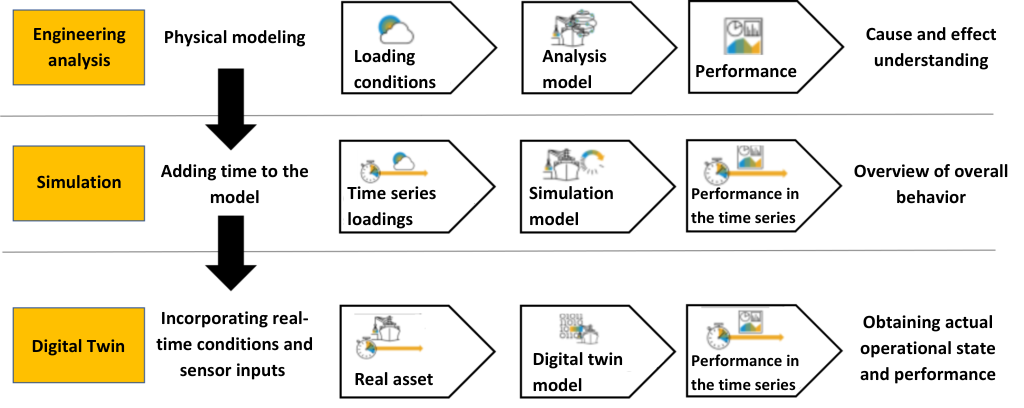
Where should I use Digital Twin Technology?
On a day-to-day maintenance scenario, the use of Digital Twin enables infinite possibilities. The field of engineering still knows very little of what we will be able to do with the information obtained by Digital Twins. On the other hand, this allows for yet several other new horizonts which can take the structural integrity of the asset to another dimension.
Thinking about using the tool, DAILY and PETERSON (2017) propose that “the models combined with the data from eventual existing sensors will provide us with the capability of predicting the asset’s performance, of evaluating different scenarios, understanding the compensations, increase efficiency and, finally, conduct to predictive maintenance.” Thusly, we will be able to use data already collected nowadays, which are currently ignored and/or underused.
ERIKSTAD (2017) cites some examples of useful technology applications for critical and highly valued assets:
- Remaining lifespan expectancy;
- Inspection Planning;
- Maintenance based on the load history to which the asset with submitted;
- Early detection of virtual inspection support damage;
- Reduction of the presence of collaborators during risk situations;
- Forecasting the consequences of future (adverse) operating conditions;
- Visualization and inspection of tensions in areas of difficult access.
Which are the main benefits of Digital Twin Technology?
In real life, digital twin means that real equipment data will be compared to a virtual copy of the asset. The biggest benefits of using digital twin are:
- Optimize the asset’s availability;
- More reliability;
- The discovery of hidden structural reserves;
- The gain of knowledge about engineering and the asset;
- Asset’s lifespan extension;
- Improved maintenance forecast;
- Cost reduction.
For the Digital Twin benefits to be harvested in the structural integrity, some characteristics are necessary so the organizations similate this technology, such as: opening for the development of technologies, smart systems/informatized and with a technical capacity for the creation of digital twins. In this last case, it is important that the people in charge of the assembly of the system are knowledgeable in: sensors projecting and installing; communication systems; algorithms’ programming; and, above all, about the construction of Finite Elements Models which are the starting point of this technology. It is important to highlight that the construction of the model will require knowledge of the type of asset that is the object of study, since it is a condition for any process of implantation of the necessary technology to be successful.
KOT Engenharia can help your business with the use of digital twin technology and the most suitable applications.
Get in touch with KOT’s specialists team!

Aender Ferreira
Mechanical Technician from CEFET-MG, Mechanical / Aeronautical Engineer from UFMG and Master in mechanical projects from the same university. Before graduation, he had experiences in the mining, maintenance, project design, experimental engineering and automotive industries. As an Engineer, he started his career in the maintenance sector performing calculus activities for fatigue in aeronautical components and structures. Subsequently, he was invited to compose the Board of Directors of KOT Engineering, working in the commercial sector of the company, helding the position for almost 15 years.
References:
[1] DAILY, Jim; PETERSON, Jeff. Predictive maintenance: How big data analysis can improve maintenance. In: Supply Chain Integration Challenges in Commercial Aerospace. Springer, Cham, 2017. p. 267-278.
[2] XIE, Jiacheng et al. Virtual monitoring method for hydraulic supports based on digital twin theory. Mining Technology, v. 128, n. 2, p. 77-87, 2019.
[3] GLAESSGEN, Edward; STARGEL, David. The digital twin paradigm for future NASA and US Air Force vehicles. In: 53rd AIAA/ASME/ASCE/AHS/ASC structures, structural dynamics and materials conference 20th AIAA/ASME/AHS adaptive structures conference 14th AIAA. 2012. p. 1818.[4] ERIKSTAD, Stein Ove. Merging physics, big data analytics and simulation for the next-generation digital twins. Hiper, no. September, p. 139-149, 2017.

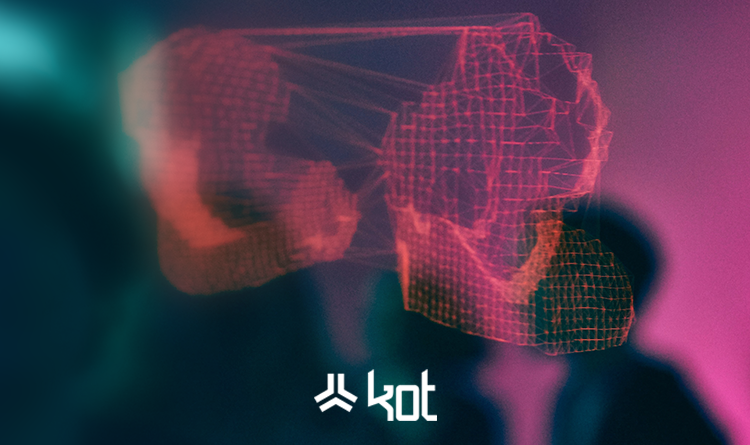
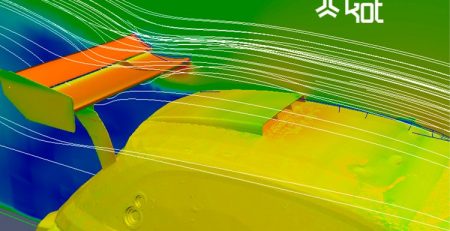
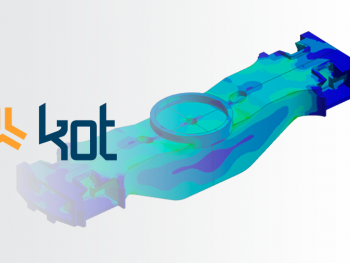

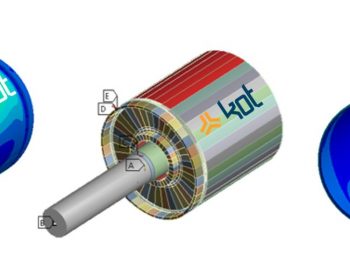
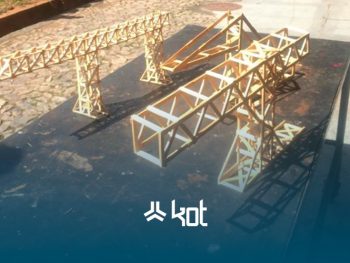

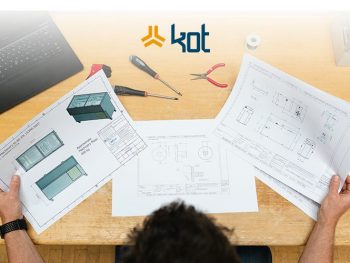
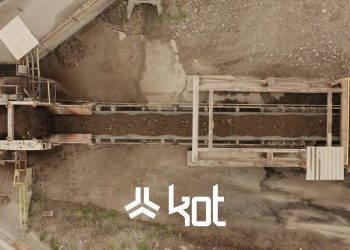
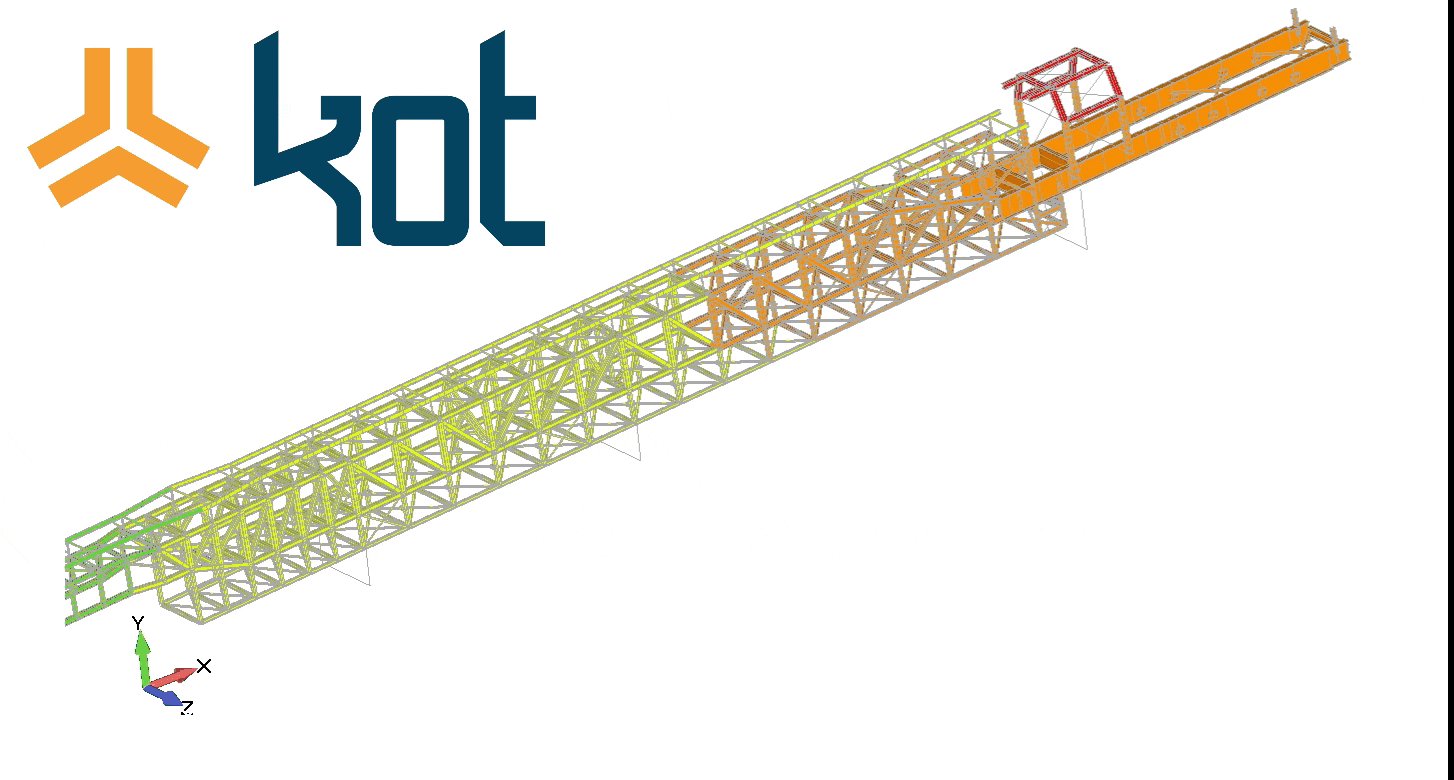
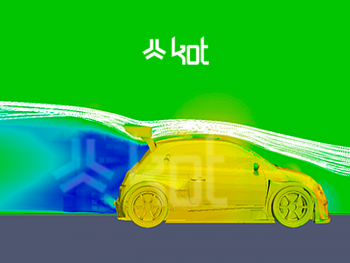
Leave a Reply